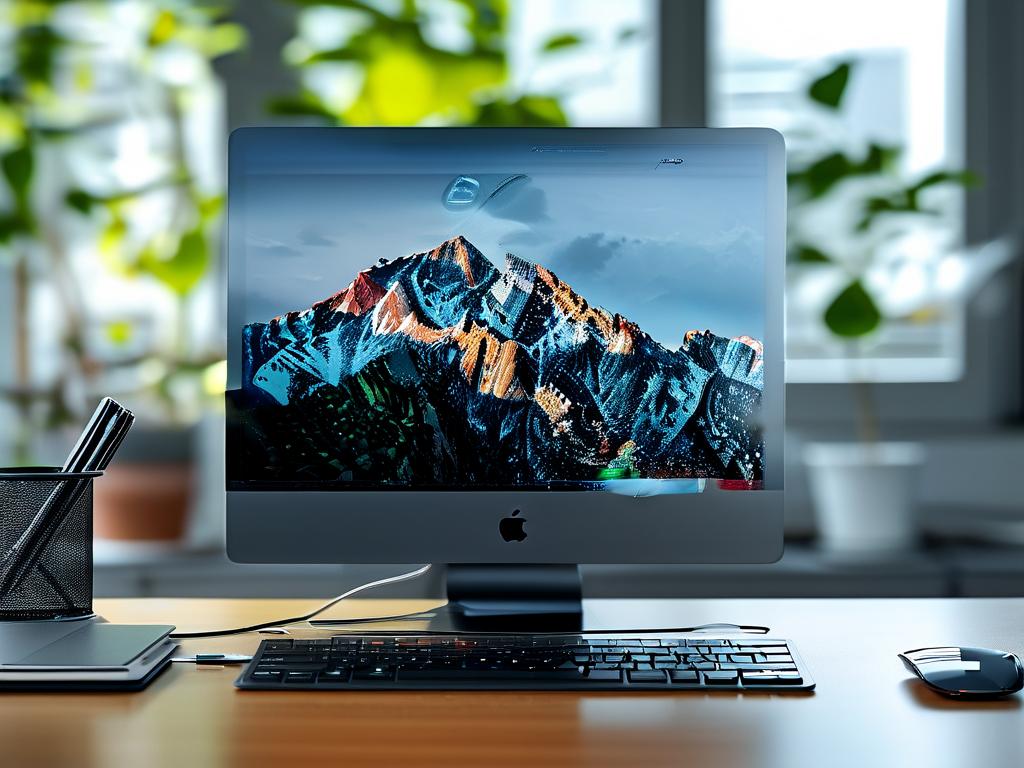As smartphone capabilities expand, storage management becomes critical for iPhone 14 users juggling high-resolution photos, 4K videos, and resource-heavy apps. This guide explores practical strategies to optimize your device's memory without compromising functionality.

Understanding Storage Allocation
The iPhone 14's storage architecture prioritizes active apps and system processes. Navigate to Settings > General > iPhone Storage to view a color-coded breakdown of space consumption. Media files typically dominate storage, followed by apps and cached data. Unlike traditional computers, iOS dynamically manages temporary files but requires manual intervention for long-term optimization.
Leverage iCloud Smartly
Apple's ecosystem offers seamless integration with iCloud. Enable "Optimize iPhone Storage" in Photos settings to automatically replace full-resolution images with device-optimized versions while keeping originals in the cloud. For documents, activate iCloud Drive synchronization for Keynote, Pages, and third-party apps like PDF readers. This approach preserves local access to recent files while archiving older content remotely.
App Management Tactics
Identify storage-hungry applications through the iPhone Storage analyzer. For seldom-used apps, choose "Offload App" instead of deletion – this removes the application while retaining its data. Social media platforms like Instagram and TikTok accumulate significant cache; regularly clear these through individual app settings. Consider using web versions of services like Spotify or Netflix to reduce app dependency.
Media Optimization Techniques
Adjust camera settings to balance quality and storage consumption. Shooting 4K HDR video at 60fps consumes approximately 400MB per minute – switching to 1080p/30fps cuts this by 75%. Use HEIF/HEVC formats for photos and videos to maintain quality with smaller file sizes. For existing media, third-party tools like ImageSize (App Store) can batch-compress files without noticeable quality loss.
System-Level Optimization
iOS 16 introduces enhanced storage management features. Enable "Automatic Offload" for unused apps and leverage the "Review Downloaded Videos" option in TV app settings to remove watched content. Safari users should periodically clear website data through Settings > Safari > Advanced > Website Data.
Third-Party Solutions
File management apps like Documents by Readdle provide granular control over local storage. For advanced users, connecting the iPhone 14 to a Mac/PC via Finder reveals hidden cache directories. Developer-mode tools like iMazing (desktop software) offer detailed storage analytics and batch cleanup options unavailable in native iOS interfaces.
Maintenance Routine
Establish a monthly storage audit habit:
- Delete redundant screenshots and duplicate photos using the "Duplicates" album
- Trim old message attachments in Settings > Messages
- Clear navigation app offline maps (e.g., Google Maps > Offline Maps)
- Reset advertising identifier in Privacy & Security settings to purge targeted ad cache
Troubleshooting Persistent Issues
If storage calculations appear inconsistent or system data exceeds 10GB, perform a forced restart (volume up > volume down > hold side button until Apple logo appears). For phantom storage consumption, create an encrypted backup via Finder/iTunes and restore the device.
By implementing these strategies, iPhone 14 users can maintain 15-20% free storage space, ensuring smooth performance and rapid iOS updates. Remember that storage management isn't about constant micromanagement but establishing smart automated workflows that work with Apple's ecosystem.









